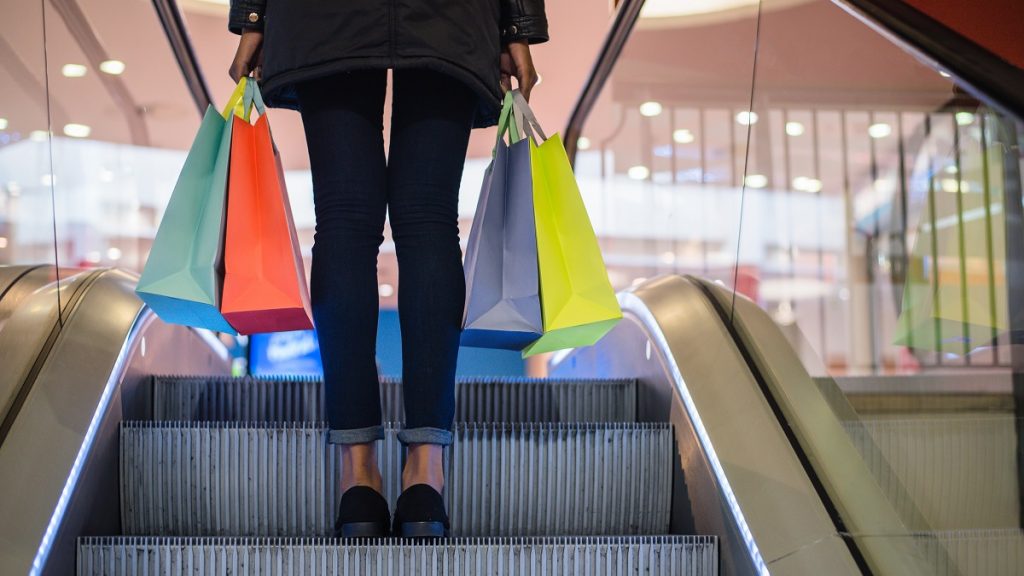The in-shop experience is getting digital by popular demand and for the benefit of physical retailers – but how far are customers willing to co-operate?
Despite all the talk, it would seem reports of the death of the high street are greatly exaggerated. Indeed, physical shops seem to be weathering the digital storm of late. The bad news for some customers, however, is that they do this by incorporating digital technology into the in-shop experience.
Having seen how online businesses make exorbitant profits by targeting their audience more efficiently through leveraging customer data, brick-and-mortar shops have naturally become eager to find ways to capture and monetise the preferences and buying habits of all the potential customers who would otherwise slip through their fingers.
Why have customers use their mobile network and look up reviews and ratings online and let someone else track all that data? Instead, make product-related online information such as reviews, ratings and Q&As available for them in the shop through free Wi-Fi or a shop-app, and use the data you gather to build customer profiles. It makes perfect business sense.
A new way of presenting consumer-generated content in a physical shop is through the use of electronic shelf-labelling (ESL) technology, which connects the shelf edge and the products behind it to the internet of things. This technology, however, has more to it than the presentation of relevant social media content in a physical environment. Through its connectedness to the internet, it is also capable of setting dynamic prices autonomously by updating shop prices with changing market conditions and – by doing this – smooth demand or even match the prices of online competitors.
If ESL technology gains traction, it may introduce a new element of dynamic and personalised pricing to brick-and-mortar shopping, something limited mostly to booking and big online retailers such as Amazon so far. With dynamic pricing, it is easier to see how ESL may work in favour of customers, as it responds to the fluctuating supply of available products. What might be less palatable for customers is personalised pricing, when price-setting is based on previous purchases or assumptions about customer income. With personalised pricing you may be quoted a higher price just because you are a repeat buyer, and therefore seen as more likely to make another without the lure of a discount. iPhone users are also at risk, as they’re generally regarded as less price-conscious.
The question is whether brick-and-mortar (B&M) retailers, once they capture in-shop customer data through shop-based apps or ESLs and creates its customers’ profiles, will actually stop at dynamic pricing, or take things a step further and size up shoppers to find the maximum price they are willing to pay for an item.
Will we end up with a B&M equivalent of tips and tricks to beat personalised online pricing algorithms? Instead of a warning not to make a hotel booking using your iPad, are you going to be advised not to go shopping in your Sunday best? Will fake moustaches and dark glasses become the B&M equivalent of an incognito browser, or sending your husband or daughter back to the shop a physical version of returning as an unlogged customer? Is leaving your coveted item in the basket a couple of times going to eventually negotiate you a better price?
Some customers might revel in the cut and thrust of this new form of digitally enhanced haggling, but many others might resent having to spend time and energy outwitting 24/7 marketing ploys to get the deal they want. We can only hope that, even in a dystopian future, there will still be some old-fashioned, digitally unconnected retailers that differentiate themselves with price certainty – even though those prices might be at a premium.




